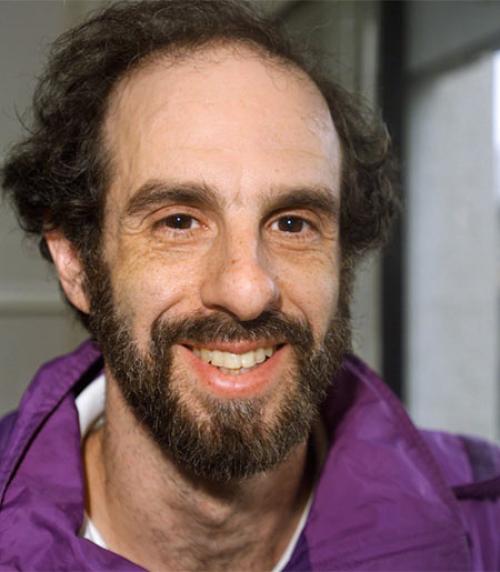arXiv.org, the scientific pre-print database, has surpassed 1 billion downloads.
The online repository started 26 years ago as an electronic bulletin board on one computer, and has grown into an essential resource for physicists and mathematicians around the world. Since its founding, arXiv has sped the pace of scientific discovery, inspired similar sites across disciplines and changed the way scholarly work is published and disseminated.
“The arXiv is providing the latest results in science at more than one per second, and has done so since before the web came into existence,” said Steinn Sigurdsson, scientific director of arXiv, which is supported and stewarded by Cornell University Library. “We are proud of the over 1 billion e-print downloads, and look forward to providing scientists worldwide with many more.”
Papers on arXiv, which receives more than 10,000 per month, range from artificial intelligence and popular science about aliens to influential scholarship, such as 67 pre-prints submitted in October coinciding with the discovery of the coalescence of a binary neutron star.
“As we see the emergence of new preprints to improve openness and accessibility of scholarship in various disciplines, it is so gratifying to see that arXiv continues to set an example in enhancing collaboration among researchers and facilitating proactive sharing to advance science,” said Oya Rieger, arXiv’s program director.
The milestone comes as arXiv, funded by the Simons Foundation, Cornell University Library and around 190 member libraries, is in the process of updating its aging code without changing its primary mission: fast, free and open access to the latest scientific research.
“It has been fun to watch how an afternoon project for a small group of researchers in the early 1990s quickly generalized to other disciplines, then took on a life of its own, continuing 26 years later to provide a model for research communication in other disciplines,” said arXiv founder Paul Ginsparg, professor of physics and information science.
This story also appeared in the Cornell Chronicle.




